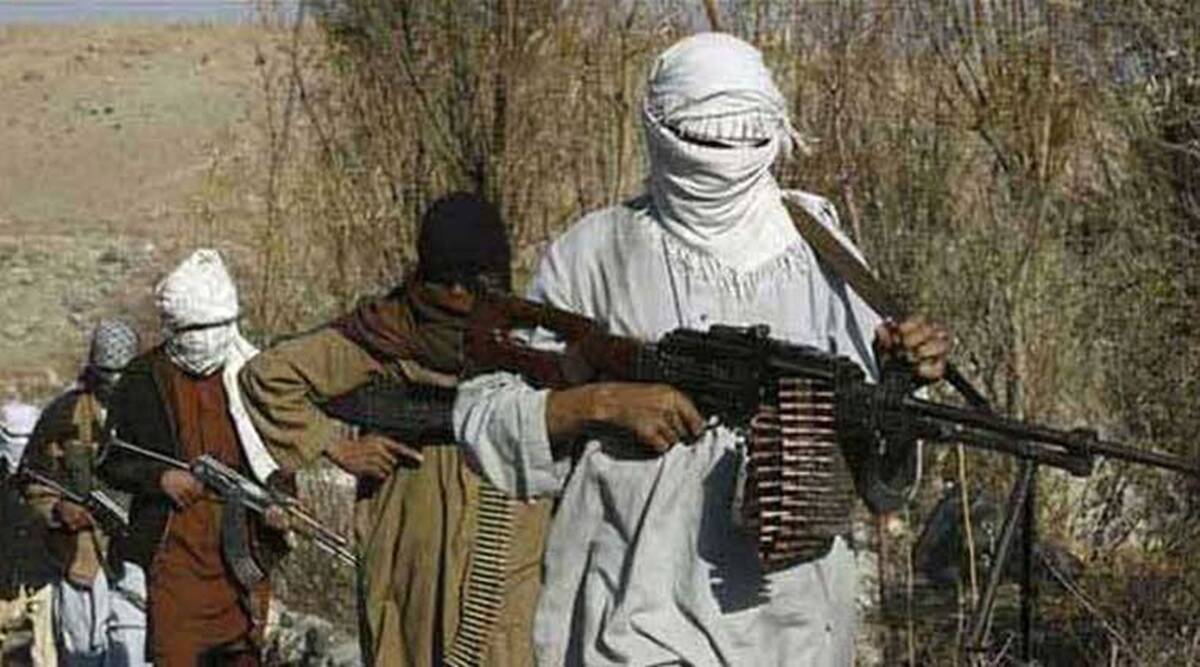
The spectre of terrorist violence looms large over the world. Amorphous terror groups, newer cyber linked methods of recruitment of radical elements, the increasingly lethal lone wolf attacks are all adding to the ominous threats emanating from extremist violent elements. India has borne the brunt of terrorism and has witnessed serious loss of life and property in senseless violent explosions in large cities in the past few decades. The dastardly efforts to radicalise and mislead the youth create a schism in society.
As the world shrinks with technological and communication changes, terrorists, criminals, weapons and funds are also able to move across national boundaries easily. International co-operation between law enforcement authorities in this area is a sine qua non for combating such cross border challenges.
In this situation, it is essential for India to take the lead to bolster such efforts. Prime Minister Narendra Modi has in all his international speeches spoken at length on this. India’s efforts in taking this momentum forward need to be appreciated. We recently saw the 90th Interpol General Assembly in New Delhi, followed by a special session of UN Security Council’s Counter Terrorism in late October. In the third week of November, India will host another global conference focussed only on Countering Financing of Terrorism (CFT).
The global flow of funds for nefarious purposes has three traditional channels. First, direct smuggling of cash through international borders. Second, the use of hawala networks. Third, banking networks including SWIFT and other international channels. But now, swift technological developments in areas of blockchain or cryptocurrencies which transcend national boundaries and international currency systems have emerged as a new channel for financing terrorist and other illegal activities.
The Indian point of view on this was adopted by the security council as the Delhi Declaration. To quote, “the Counter-Terrorism Committee (CTC) unanimously adopted the Delhi Declaration on countering the use of new and emerging technologies for terrorist purposes… the declaration aims to cover the main concerns surrounding the abuse of drones, social media platforms, and crowdfunding, and create guidelines that will help to tackle the growing issue.”
To trace the history briefly, the international efforts to tackle the menace of terror financing began way back in 1989 when the Financial Action Task Force (FATF) was formed as a means of bringing order and implementing standards to the monetary system in the world with regard to terror finance and money laundering. However, it was the 2001 terrorist attacks that changed the way security agencies looked at terror financing. The UNSCR resolution 1267 in 1999 and UNSCR resolution 1373 in 2001 formed the bedrock of the financial sanctions regime for terrorist organisations and individuals.
We are aware that terrorist organisations raise money through several sources like travel agencies, money changers, real estate, retail outlets, NGOs, charitable trusts and even from state sponsors. Terrorists also derive funding from a variety of criminal activities ranging in scale and sophistication from low-level crime to organised fraud or narcotics smuggling or illegal activities in failed states and other safe havens. Declassified files seized during the raid on Osama Bin Laden’s Abbottabad hideout also revealed terror financing related documents.
The first step in identifying and forestalling the flow of funds to terrorists is to understand the funding requirements of modern terrorist groups. The costs associated not only with conducting terrorist attacks, but also with developing and maintaining a terrorist organisation and its ideology are significant. Funds are required to promote a militant ideology, pay operatives and their families, arrange for their travel, train new members, forge documents, pay bribes, acquire weapons and stage attacks.
Terrorists use a wide variety of methods to move money within and between organisations, including the financial sector, physical movement of cash by couriers, and movement of goods through the trade system. Charities and alternative remittance systems have also been used to disguise terrorist movement of funds. The adaptability and opportunism shown by terrorist organisations suggests that all methods that exist to move money around the globe are to some extent at risk. Only accurate and well linked financial intelligence can reveal the structure of terrorist groups and also the activities of individual terrorists. Of late, such financial intelligence from the private sector has also given significant clues to foil terrorist acts.
It is pertinent to understand that the FATF has developed its entire paradigm around the word risk. It used the United Nations Security Council sanctions against terrorists and terrorist organisations to begin to evolve a complex body of documentation in order to assess technical compliance and effectiveness of countries in implementing those UN designations.
One of the key reasons for Pakistan being placed on the FATF Grey List from 2018 to 2022 was its open defiance of those designations. Leaders of LeT and JeM roamed freely, conducting open rallies and funding campaigns on social media, with terror funds raised in the names of charities like JuD and FiF, both of which were also designated by the UN.
Only after the FATF’s grey listing did all these open terrorist activities stop and the terrorist infrastructure in Pakistan declined to some extent. Eight of the nine UN designated terrorists were arrested and convicted in a major testimony to the success of the UN sanctions regime. Masood Azhar was convicted “in absentia”.
The UN Security Council has sought to increase efforts against terror financing through UN SC resolution 2462 of 2019. It is only through such efforts that this complex issue can be addressed. India’s hosting of the “No money for terror” conference later this month should go a long way in focussing on the issue of state sponsored terror financing.
The writer is former Director, Central Bureau of Investigation